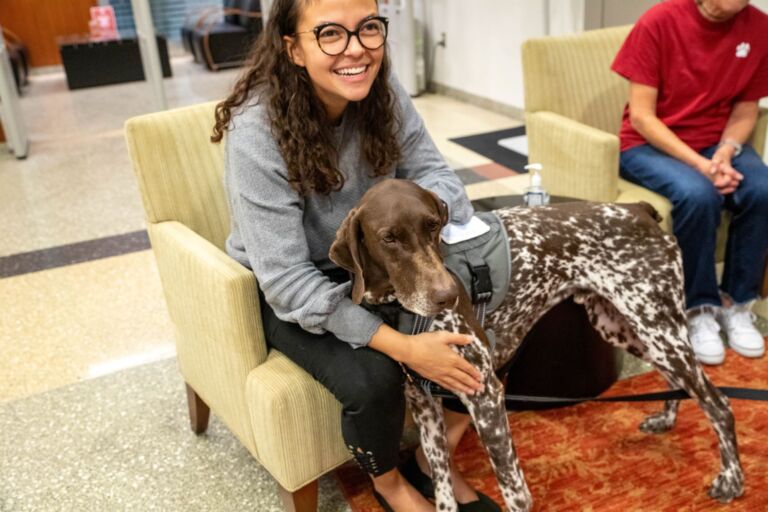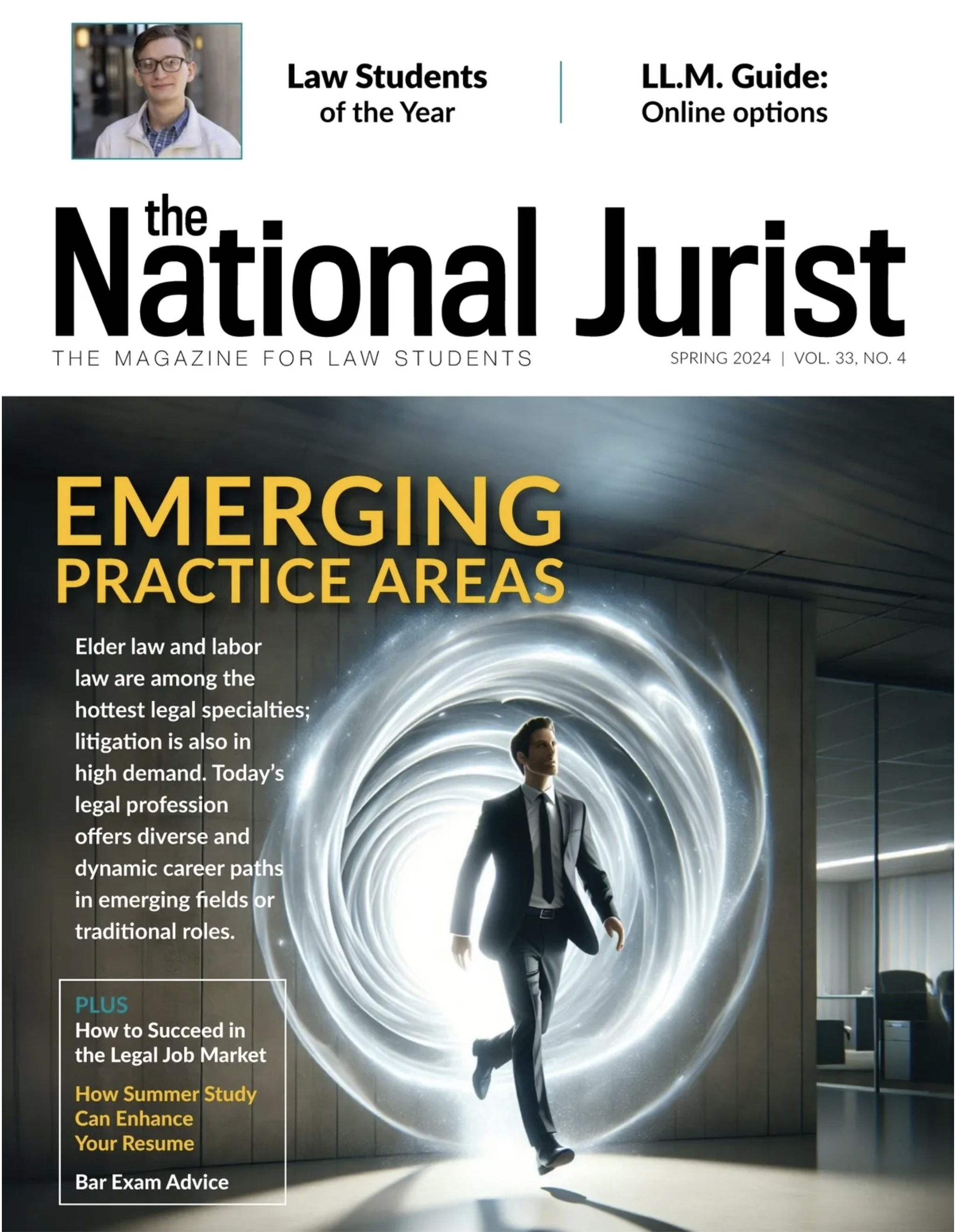The employment rate for recent graduates dropped again, with the Class of 2011 reporting an 85.6 percent employment rate. That is the lowest percent since 1994, according to NALP.
The numbers look worse when broken down. Of the graduates that were employed nine months after graduation, only 65.4 percent obtained a job where bar passage is required.
That is down from 74.7 percent in 2008.
The primary culprit is fewer jobs at law firms. Just under half of the newly employed graduates — 49.5 percent — found a job in private practice. That figure had hovered between 55 and 58 percent for the past 38 years, and had fallen below 50 percent only once before.
Law schools helped to bolster the numbers, by employing an estimated five percent of all graduates.
James Leipold, executive director of the NALP, said that without these jobs, “the overall employment rate would be about 81 percent, a number that is lower by far than the 83.4 percent historic lows of 1993 and 1994”.
Leipold also said 25 percent of graduates employed are looking for work. The number is an increase from 2008 when it was 16 percent. He said it suggests “graduates took jobs they may not have been satisfied with simply to be able to earn some money to offset their living expenses and begin paying on their student debt”.
The NALP results vary slightly from those of the American Bar Association report, which released its own Class of 2011 job outcome data for all domestic ABA-approved law schools. The ABA’s report revealed that 55.2 percent of all graduates were known to be employed in full-time, long-term legal jobs.
Kyle McEntee, executive director and co-founder of Law School Transparency, said the reason for the two different results is because the ABA’s percentage is for full-time, long-term jobs where bar passage is required, while the NALP percentage simply accounts for all jobs where bar passage is required.
Law School Transparency, a nonprofit organization for legal education policy, uses the ABA data, along with NALP data and other sources, to compile employment statistics for each law school.
To qualify as a long term legal job by ABA standards, the graduate must obtain work that requires bar passage or are judicial clerkships and are for at least 35 hours per week and have an expected duration of at least one year.






